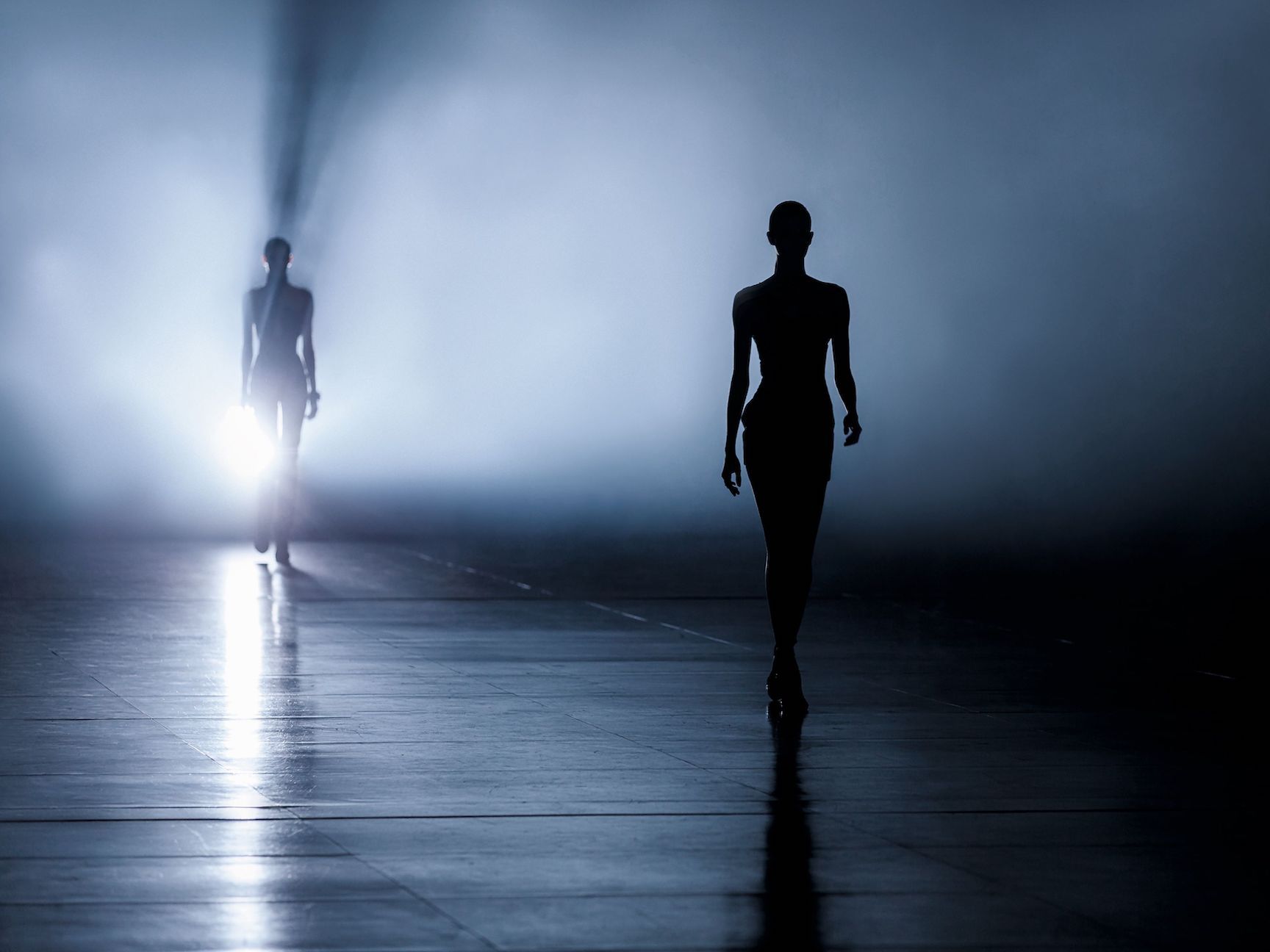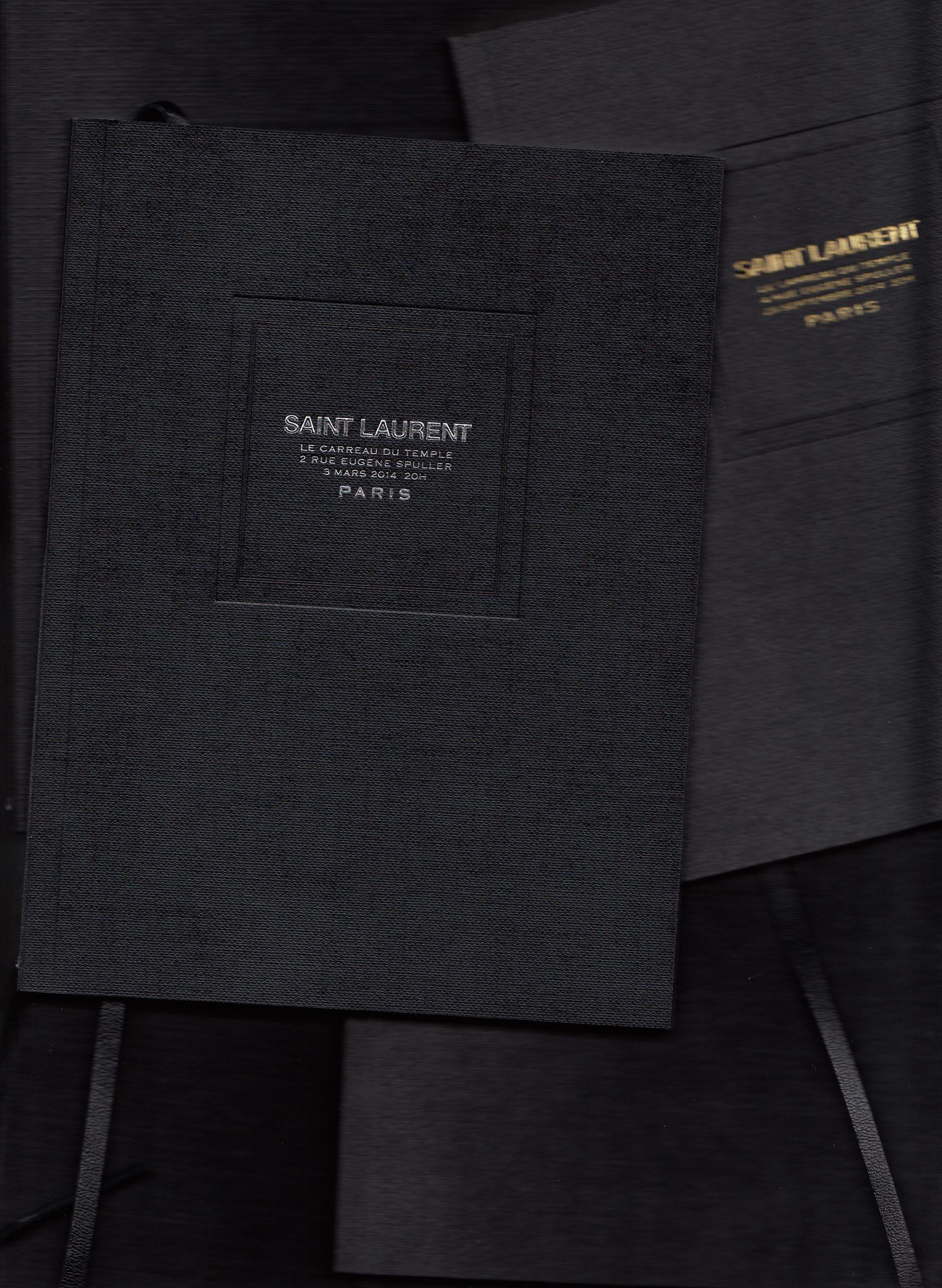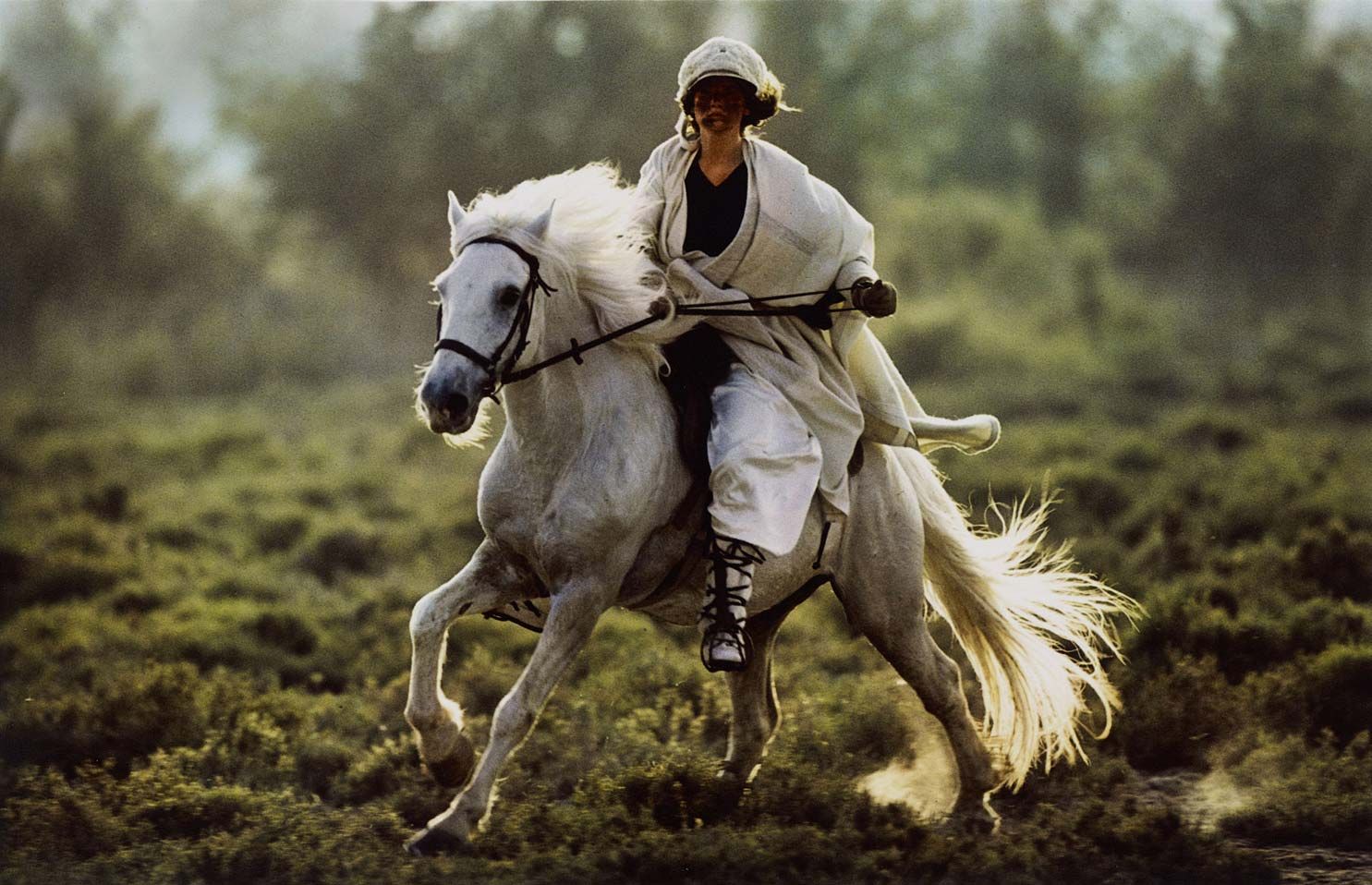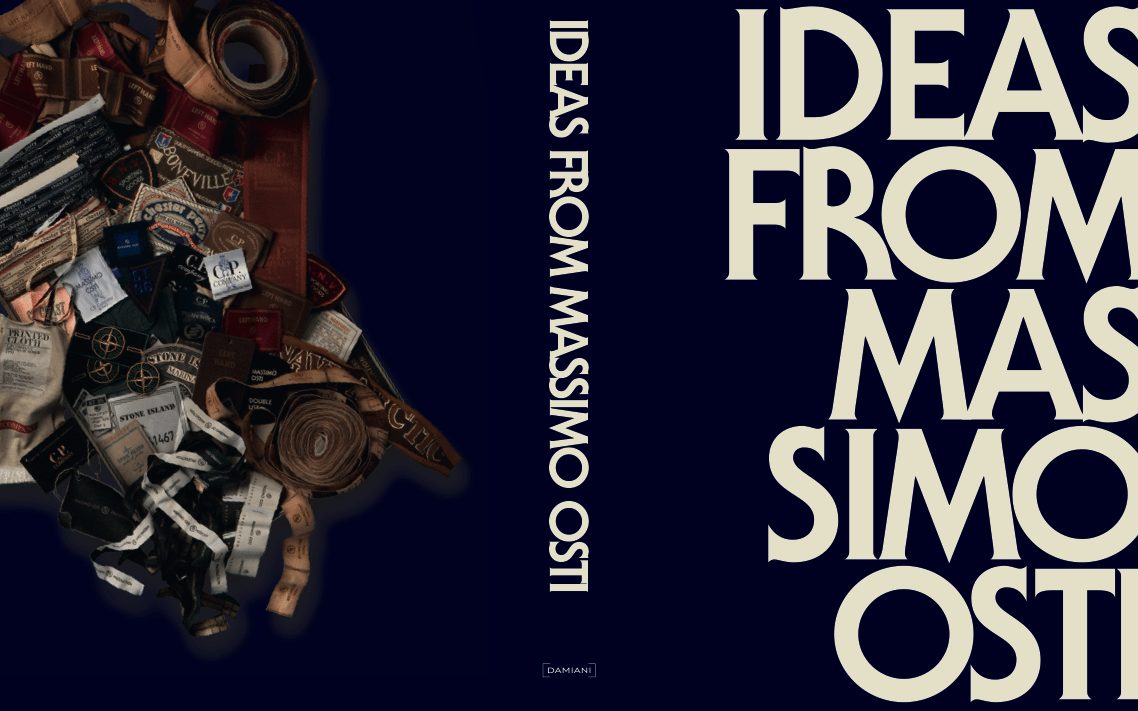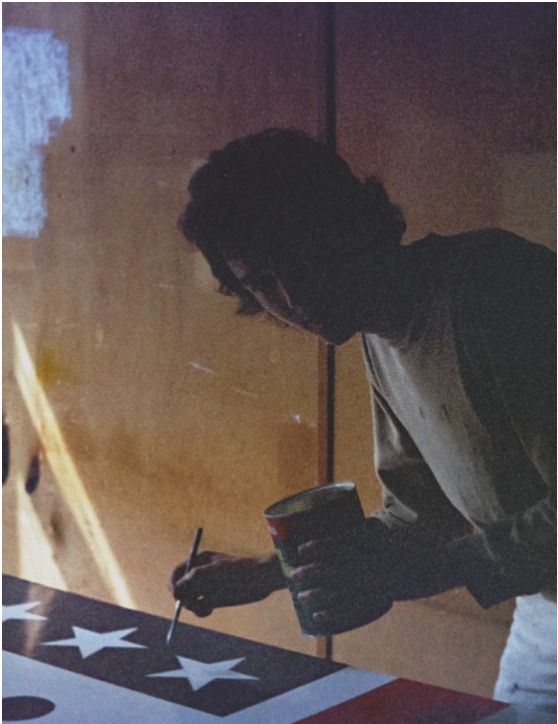What's Perfect Is Nothing?
In today's media landscape, a book review is often a slap on the back. A handshake among colleagues that says, “well done.” But we have never been afraid to offer critique when critique is due. In our print section Berlin Reviews, we've always tried to take the propositions of a book seriously and push them to their extremes.
Archive Berlin Review from our issue #29.
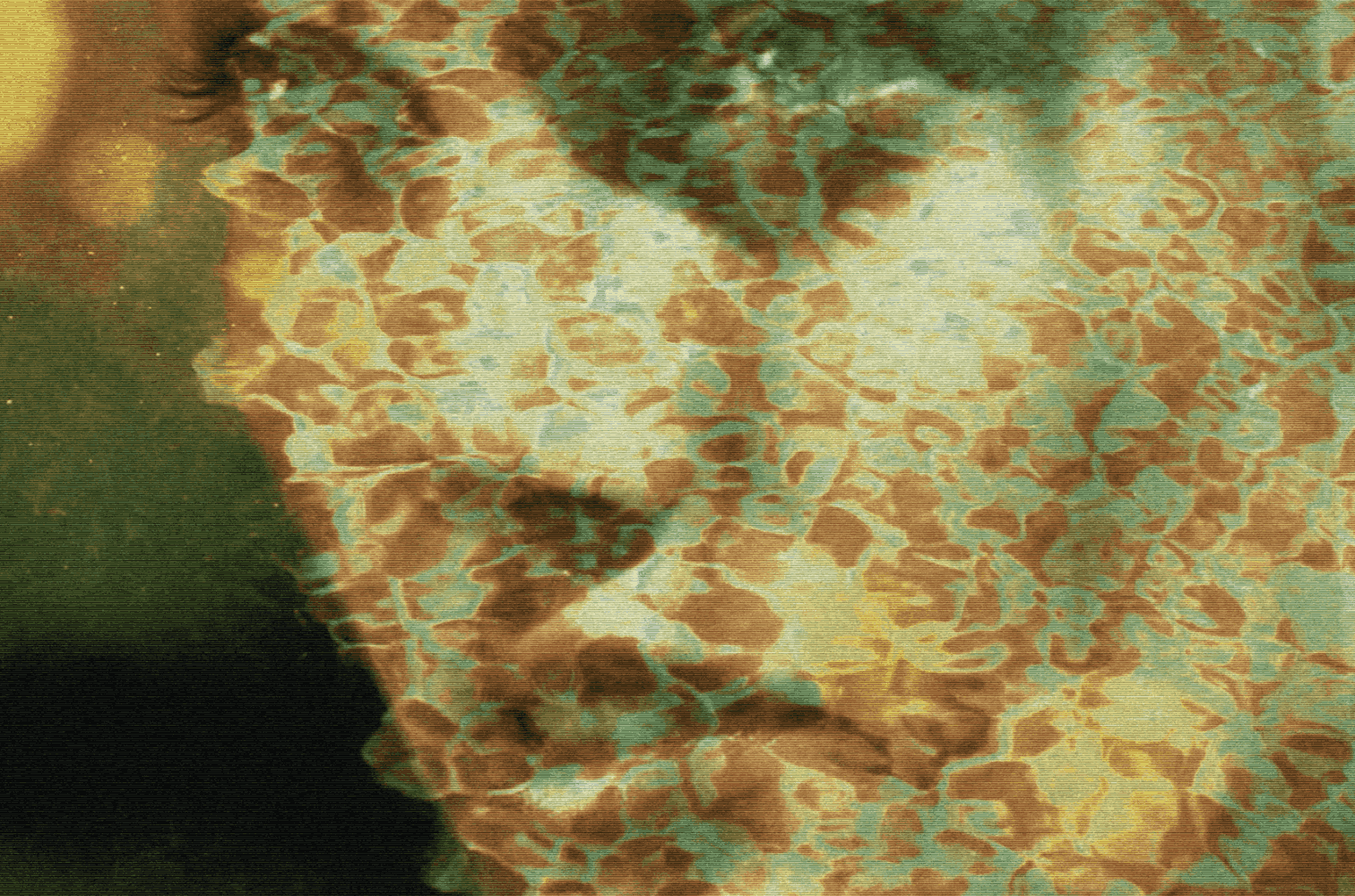
David Lynch and Christian Louboutin. Josef Albers and Hermès. The Chapman Brothers and Louis Vuitton. In a luxury landscape where artist collabo- ration has become the brand logic du jour, it is easy to overlook Bottega Veneta’s role as the silent OG of this agenda.
The Italian fashion house has been quietly collaborating with artists since the 1980s, when Andy Warhol made a promotional video for the brand in between Christmas shopping sprees at their Fifth Avenue flagship. (Edie Sedgwick’s famous Bottega bag? Perhaps a holiday gift from artist to muse.)
Three decades since Warhol’s contribution, Tomas Maier has been maintaining this well-honed promotional prerogative. And now this history of “art-vertising” has been brought to light by The Art of Collaboration, a retrospective of sixteen seasons featuring Nan Goldin, Juergen Teller, Robert Longo, and others.
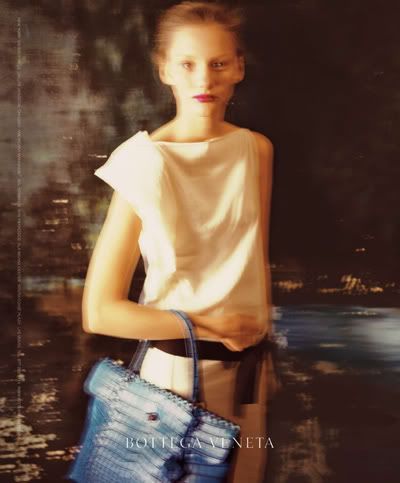
When Maier joined Bottega in 2001, he placed a year-long embargo on advertising, during which he began to cultivate a revolving cast of artists to produce the brand’s visual content. Commercially hands-off, each ad interfaces with a Bottega-infused aesthetic while maintaining a latent iconology of their own. Nuance is the rule, since Maier does not allow names or labels anywhere near the final product.
The results read like an abstraction – or, a riff – on each artist’s oeuvre. Goldin’s campaign inhabits a delicate parallel universe of her 1985 series “Ballad of Sexual Dependency,” while Longo’s models writhe in the same black-and-white anonymity of his series “Men in the Cities.” Ryan McGinley’s contribution, with a lone female model frolicking in a garden, is like a bubblegum, SFW version of “The Kids Are All Right.”
The line where brand strategy ends and art begins is intentionally confused – a nod to invisibility, or a paradox of the typical fashion house agenda. It is an extension of Bottega’s sartorial thesis. “What’s interesting is to strive for a certain perfection,” Maier states, “and what’s perfect is nothing.”
An avid connoisseur of photography, Maier has been building a personal collection since his days at Hermès, and he is adamant that Bottega’s artist selections are based upon vision and never celebrity.
Regardless, it’s a familiar bleed, and the stakes keep getting higher. Prada has established their Fondazi- one as a hyperactive contemporary art museum, while Bernard Arnault and Louis Vuitton have followed suit with their own Frank Gehry palace. Both the former and latter exhibit works culled from the brands’ private collection. And with the knowledge of Maier’s personal attachment to his chosen promotional medium, it certainly begs the question: Can an advertising portfolio become an art collection?
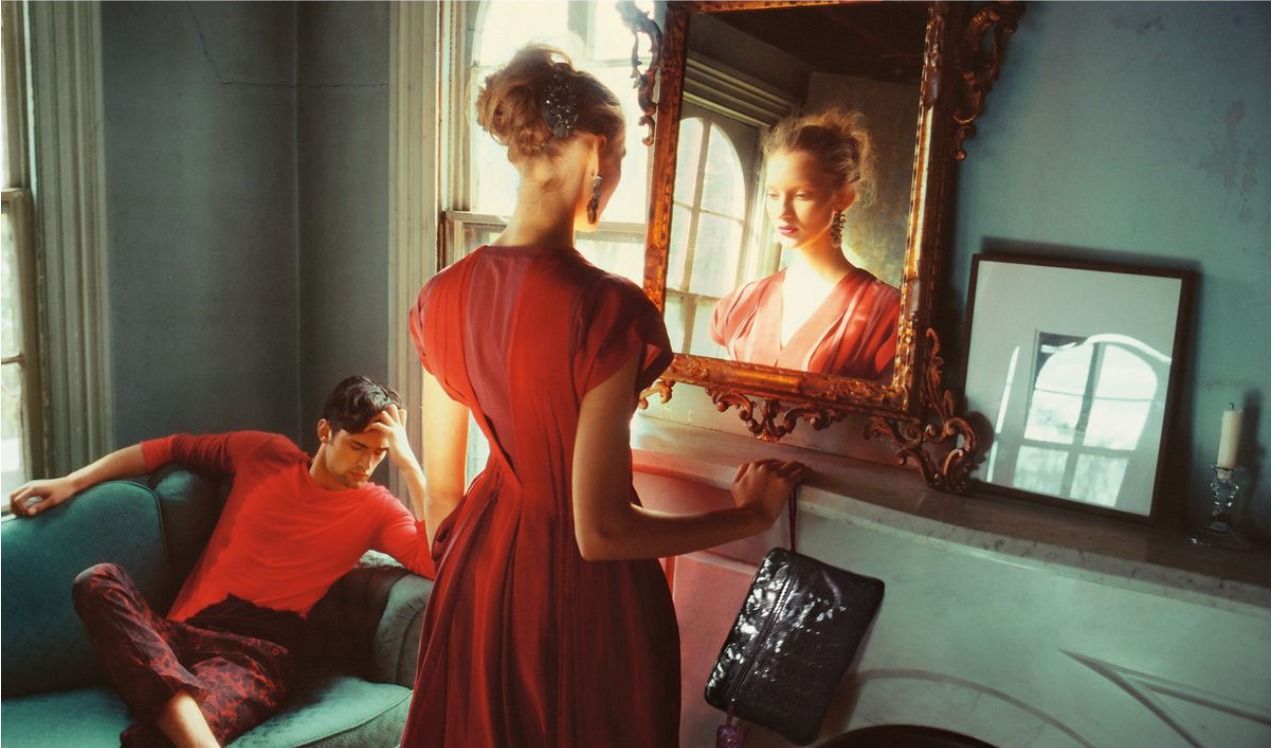
The Art of Collaboration is published by Rizzoli.
